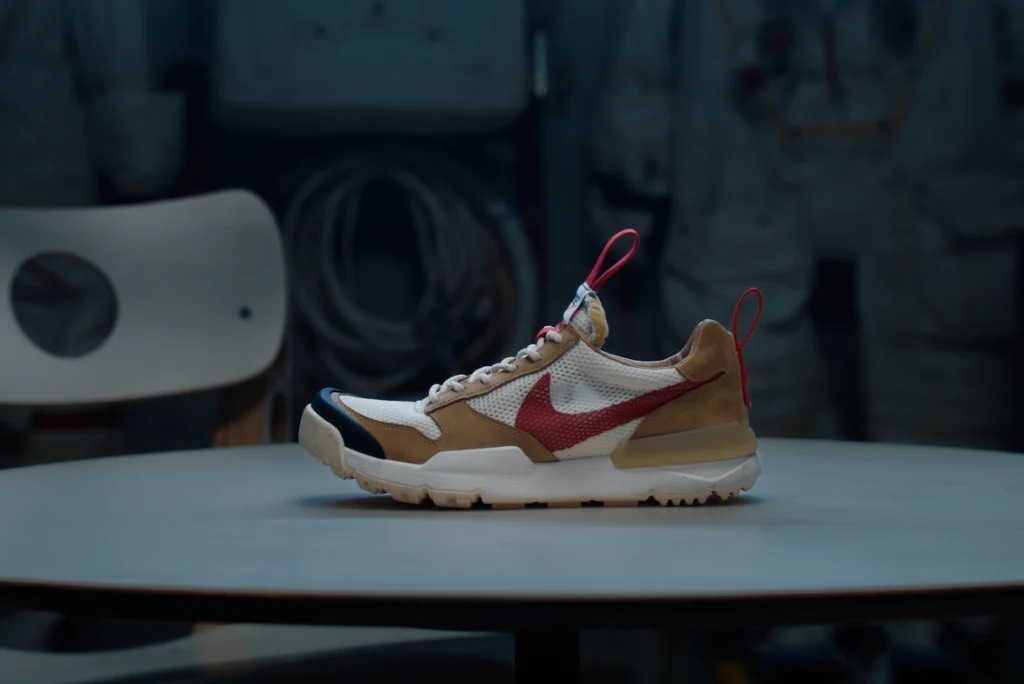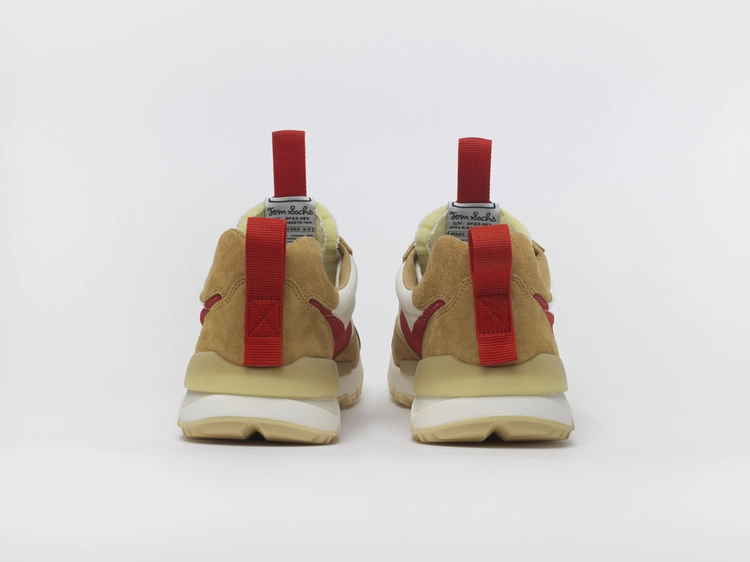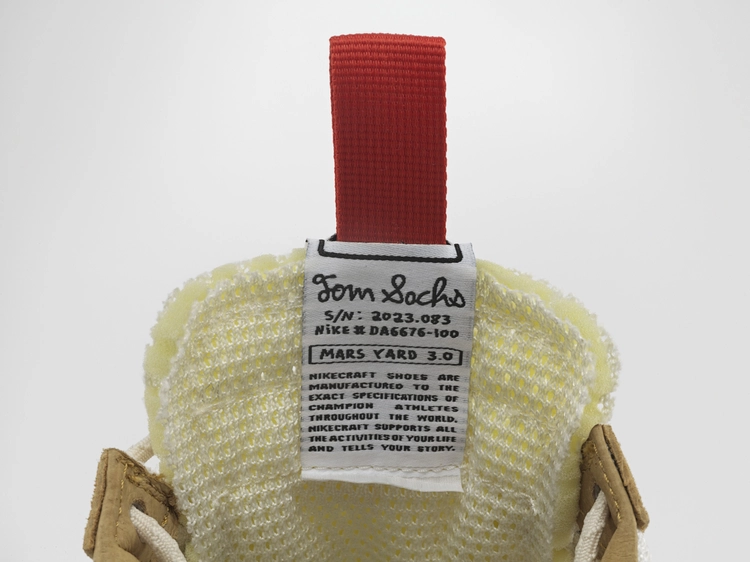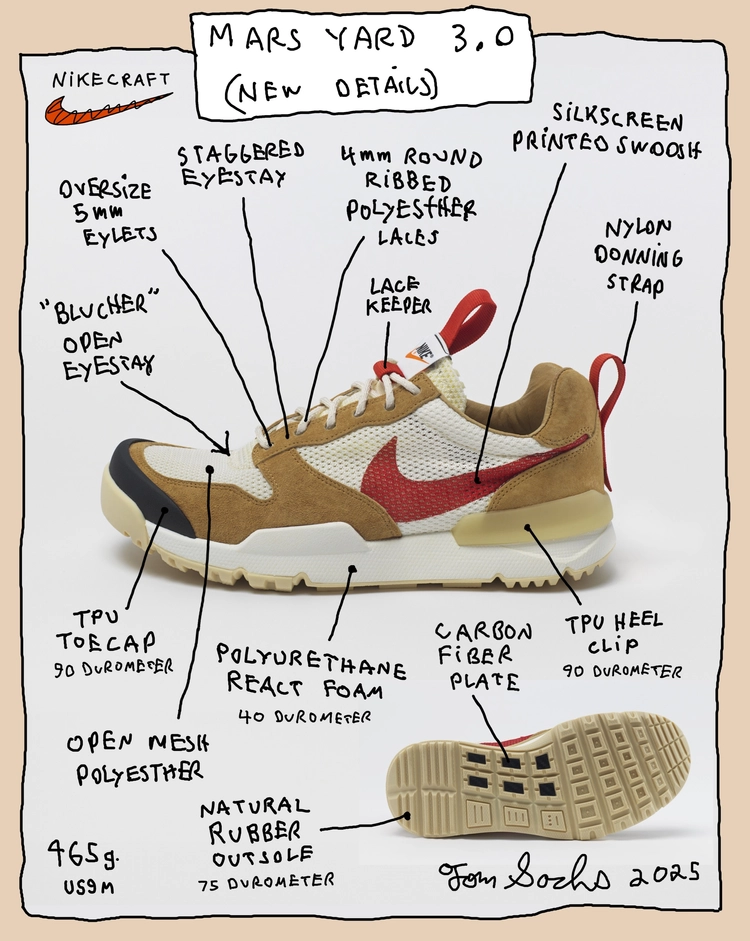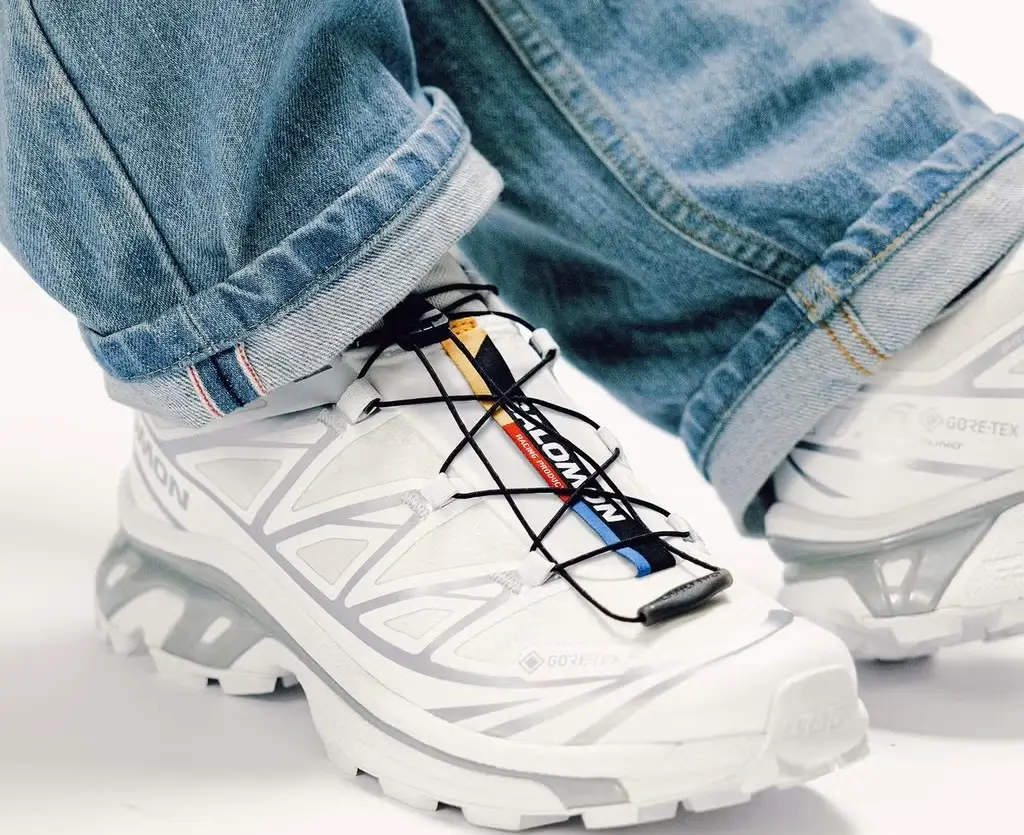Few shoes have achieved the cultural and conceptual resonance of Tom Sachs’ Mars Yard. Since its debut in 2012, the flow between Sachs and NikeCraft has redefined what a shoe can represent: not just performance or style, but philosophy, ritual, and exploration. Eight years after the last global Mars Yard release, the Mars Yard 3.0 has finally landed. Officially unveiled on July 16, 2025, and released globally this September, the shoe embodies the convergence of Sachs’ art practice, NASA-inspired engineering, and Nike’s relentless pursuit of innovation.
The Mars Yard 3.0 is not merely a shoe; it is the continuation of a living experiment. Built for what Sachs calls “the sport of sculpture,” it is both a functional tool and a symbolic artifact—one that asks wearers to reconsider how they live, move, and create.
The Evolution of Mars Yard: From 1.0 to 3.0
When the original Mars Yard 1.0 dropped in 2012, it was rooted in Sachs’ fascination with NASA and the materials of aerospace engineering. The shoe introduced a utilitarian aesthetic—mesh, suede, Vectran—that mirrored the materials astronauts used on the job. Its follow-up, the Mars Yard 2.0 in 2017, refined the formula with durability upgrades and quickly became one of the most coveted sneakers of the decade.
Now, the Mars Yard 3.0 carries the lineage forward while rethinking its purpose. Where the first two models emphasized material experimentation, the 3.0 shifts focus toward durability, performance, and accessibility in daily life. It is the first Mars Yard to integrate Nike’s modern performance technologies without compromising Sachs’ hand-crafted aesthetic vision.
Technical Breakthroughs and Design Details
While its shape and color scheme remain familiar—tan uppers, bold red Swoosh, utilitarian overlays—the Mars Yard 3.0 introduces substantial engineering updates that make it feel new:
- Midsole & Outsole: Nike React foam provides lightweight cushioning, while a natural rubber outsole delivers enhanced traction and durability.
- Structural Support: A carbon fiber shank plate stabilizes the foot and improves energy return, echoing Nike’s performance running innovations.
- Protection & Reinforcement: A TPU toe cap and heel clip add both functional toughness and sculptural presence.
- Fit Innovations: Ribbed polyester laces, staggered eyelets, and a blucher-style construction allow for a customizable and secure lockdown.
- Signature Aesthetics: A silkscreen-printed Swoosh and suede overlays maintain the handmade quality Sachs insists on, while subtle foxing and black rubber reinforcements modernize the silhouette.
The result is a sneaker that retains its industrial design ethos but is engineered for a wider range of environments—from urban streets to creative workshops.
The I.S.R.U. App: Shoes as Ritual
Beyond physical design, what sets Mars Yard 3.0 apart is its release methodology. Sachs introduced the I.S.R.U. (In-Situ Resource Utilization) App, a digital platform that turns shoes acquisition into a process of personal discipline.
Participants enroll in weekly “challenges” inspired by Sachs’ practice: documenting rituals, completing creative tasks, and cultivating habits that build self-discipline. By engaging with these exercises, users earn points and climb leaderboards. Those who demonstrate consistent participation unlock eligibility to purchase the shoe.
This is not gamification for hype’s sake—it reflects Sachs’ longstanding philosophy that consumption should be tied to labor, reflection, and ritual. Just as his artworks demand engagement, so too does the process of acquiring his sneaker. In this sense, Mars Yard 3.0 is both a shoe and a social experiment.
Documentary Context: A Brief History of the Mars Yard
Accompanying the release is a new film, A Brief History of the Mars Yard. The documentary traces the lineage of the NikeCraft partnership and the conceptual evolution behind each release. It positions the 3.0 not simply as a product drop, but as a cultural milestone—an artifact that captures Sachs’ persistent questioning of how we live, work, and consume.
The documentary also functions as myth-making. For newer audiences unfamiliar with the earlier releases, it contextualizes the cult status of the Mars Yard line and frames the 3.0 as the natural next chapter.
Release Strategy: Access, Scarcity, and Retail
Nike and Sachs have pursued a deliberately layered release strategy to reinforce scarcity and participation:
- September 5, 2025: Early access via store.tomsachs.com for participants who earned eligibility through the I.S.R.U. app.
- September 19, 2025: Global release through select retailers across North America, Europe, and Asia, with most stores using raffles tied to I.S.R.U. point minimums.
- Price: $275 USD, aligning with premium NikeCraft pricing while acknowledging the brand’s limited-edition positioning.
Retail partners include Union LA, A Ma Maniere, Dover Street Market, Notre, and Undefeated, among others. Each has received relatively small allocations, heightening demand and fueling resale speculation.
Cultural Context: Innovation Meets Controversy
The Mars Yard 3.0 arrives amid both anticipation and controversy. Tom Sachs faced scrutiny in 2023 following workplace allegations, leading some to question whether Nike would continue its collaboration. Yet, the persistence of the Mars Yard line suggests the cultural weight of the product outweighs the risks.
Critics argue that by continuing with Sachs, Nike implicitly downplays the controversy. Supporters counter that the work itself—particularly the ritualized release method—transcends the individual and engages a community of participants who see value in the experiment.
Regardless of position, the dialogue underscores the Mars Yard’s role as more than just footwear. It is a cultural touchstone where issues of art, ethics, commerce, and community intersect.
Reception: Hype, Resale, and Legacy
As of September 2025, reception has been overwhelmingly positive among shoe collectors and design critics:
- Design Praise: Reviewers note the 3.0’s balance of heritage and innovation. The React cushioning improves wearability, while the new structural elements suggest greater long-term durability.
- Community Engagement: The I.S.R.U. challenges have generated massive participation, with reports of millions of photo and video submissions. This level of engagement indicates that Sachs’ experiment in ritual-based release is resonating with audiences.
- Resale Market: Early pairs are already commanding significant premiums, echoing the trajectory of the Mars Yard 2.0, which remains a grail in resale culture. Analysts expect the 3.0 to cement itself as one of 2025’s most influential shoe releases.
Outlook: The Future of Mars Yard
If history is any indicator, the Mars Yard 3.0 will not be the last iteration. Sachs has hinted at continued exploration—perhaps a Mars Yard 4.0 or adjacent projects within NikeCraft. More broadly, the use of digital platforms like I.S.R.U. suggests a future where footwear culture is as much about participation and ritual as it is about ownership.
In an era when sneaker hype often feels transactional, the Mars Yard 3.0 insists on something different: that the act of earning, wearing, and engaging with a shoe can be transformative. Sachs has once again blurred the line between product and performance art.
Flow
The Tom Sachs x NikeCraft Mars Yard 3.0 is not just a shoe. It is a vessel for ideas: about work, conjure, ritual, and consumption. By combining aerospace-inspired engineering, Nike’s performance technology, and Sachs’ artistic ethos, the 3.0 reasserts the Mars Yard as one of the most important cultural artifacts in shoe history.
As of September 2025, the Mars Yard 3.0 stands as both a culmination and a beginning: a culmination of a decade-long merge, and the beginning of a new model where shoes are not simply bought, but lived through.
No comments yet.

